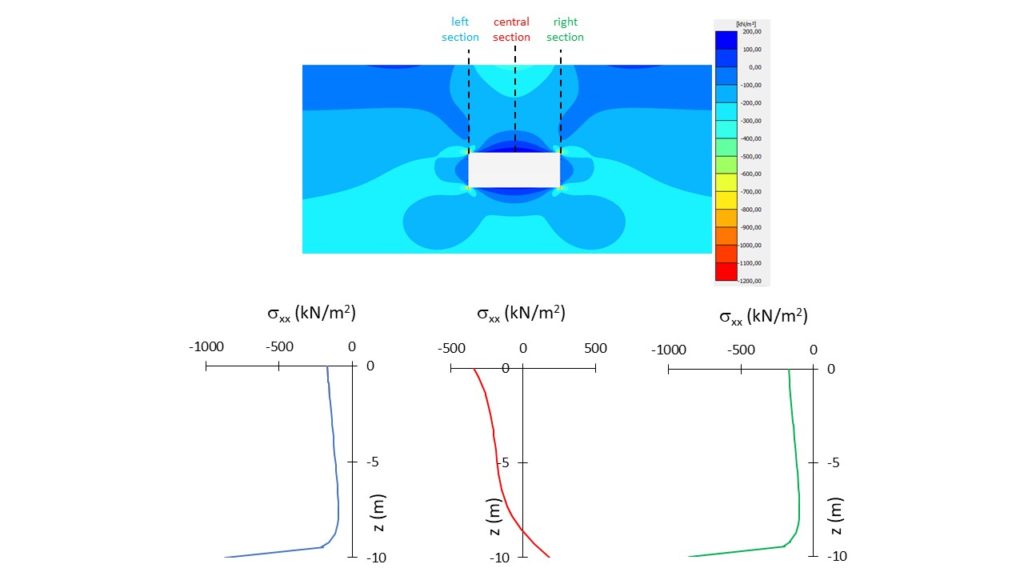
Seismic vulnerability of shallow underground cavities in soft rock
- 25 Febbraio 2022
- Pericolosità, Pubblicazioni
Autori: Fabozzi S.1, de Silva F. 2, Nocentini M. 1, Peronace E.1, Bilotta E. 2, Moscatelli M. 1
Affiliazioni:
1 Institute of Environmental Geology and Geoengineering – National Research Council of Italy.
2 Department of Civil, Architectural & Environmental Engineering – University of Naples Federico II
2021 COMPDYN 2021 8th ECCOMAS Thematic Conference on Computational Methods in Structural Dynamics and Earthquake Engineering. Streamed from Athens, Greece, 28 – 30 June 2021
Abstract
The instability risk of underground cavities is issue of concern particularly for areas densely urbanized as the case of many historical centers in Italy. Among the possible causes of the cavity damages up to collapse, the proposed work considers a particular triggering factor that is the dynamic loading induced by an earthquake. Thus, the seismic vulnerability of shallow cavities in soft rock is addressed by proposing a methodology based on an extensive parametric two-dimensional finite element analysis.
The proposed methodology is extended to a significant number of realistic cases, considering the effect of the variability of some predisposing and triggering factors on the cavity stability like roof thickness and cavity width, presence of overburden on the top of the rock layer, seismic signal intensity. The seismic vulnerability of the studied cases is assessed through the minimum Factor of Safety calculated during the whole length of the dynamic analysis. Finally, the results of the parametric study are rearranged into ‘seismic stability charts for cavities in soft rock’ proposed to be adopted as preliminary level of screening, to assess the seismic vulnerability of shallow underground cavities in soft rock.
The results of screening enable to identify the critical zones that need a detailed analysis, in consideration of their possible interaction with above-ground structures, infrastructures and human activities.

Parole chiave
CONTRATTO CONCERNENTE L’AFFIDAMENTO DI SERVIZI PER “PROGRAMMA PER IL SUPPORTO AL RAFFORZAMENTO DELLA GOVERNANCE IN MATERIA DI RIDUZIONE DEL RISCHIO SISMICO E VULCANICO AI FINI DI PROTEZIONE CIVILE NELL’AMBITO DEL PON GOVERNANCE E CAPACITÀ ISTITUZIONALE 2014-2020”– CIG 6980737E65 – CUP J59G16000160006
Copyright © 2017 - Progetto grafico e sviluppo Heap Design



